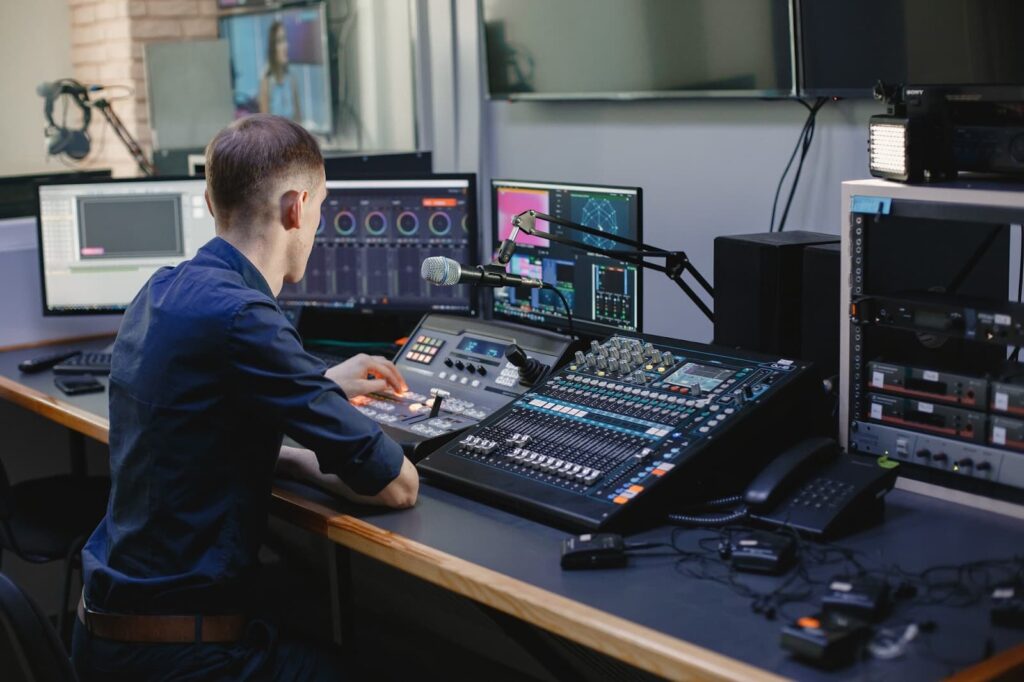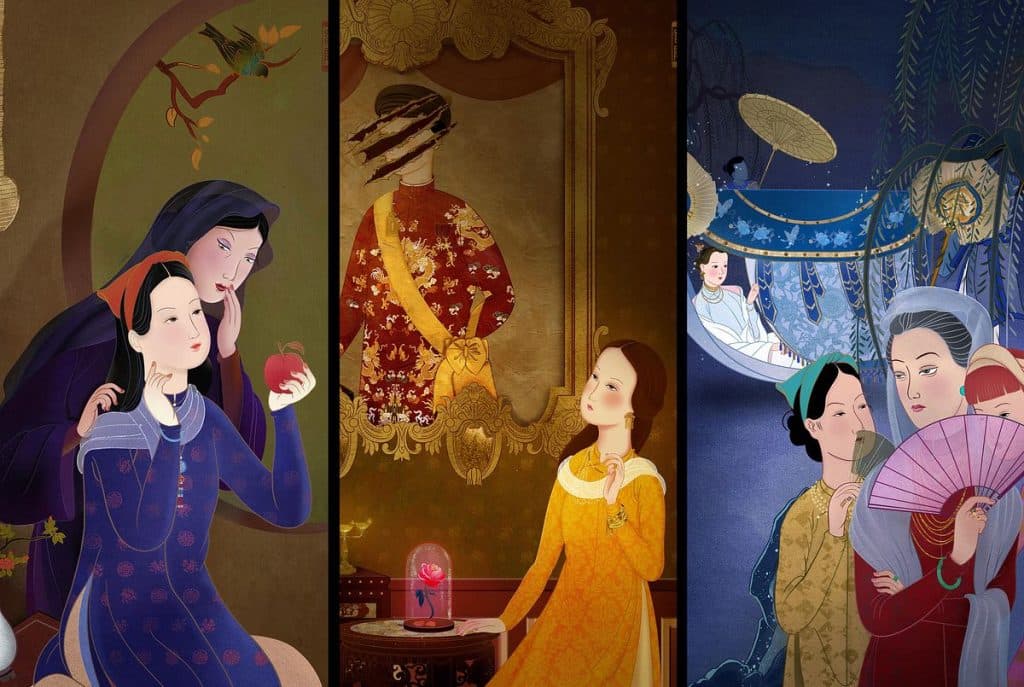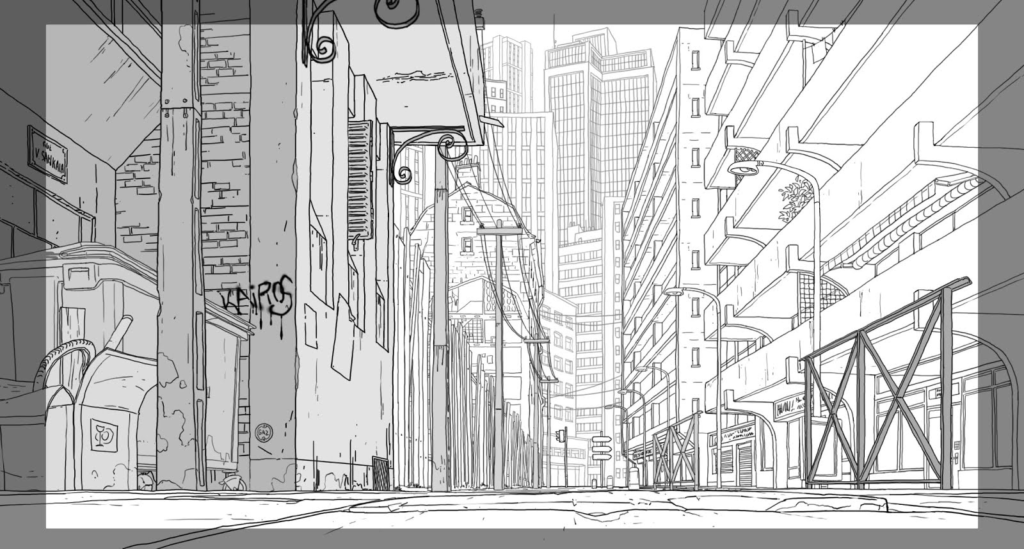Animation has long been a captivating medium for storytelling, offering a unique blend of visual artistry, compelling narratives, and emotional depth. From the earliest hand-drawn animations to the cutting-edge CGI spectacles of today, storytelling in animation has evolved into a rich and diverse form of artistic expression. This article delves into the intricacies of storytelling in animation, exploring its fundamental elements and the techniques that bring animated tales to life.
What is Storytelling in Animation?
Storytelling in animation is a multifaceted art form that leverages visual and auditory elements to convey narratives. It involves the seamless integration of characters, plot, and emotions through animated sequences. Whether through traditional hand-drawn animation or computer-generated imagery (CGI), the primary goal is to immerse viewers in a visually stimulating world while delivering a compelling story.
The Art of Animated Narratives
At the core of storytelling in animation lies the art of crafting narratives that resonate with audiences. Unlike live-action storytelling, animation offers boundless creative possibilities, enabling storytellers to explore fantastical realms, surreal landscapes, and larger-than-life characters. Through the manipulation of visuals and sound, animators can evoke powerful emotions and transport viewers to extraordinary worlds.
Embracing Visual and Auditory Expression
One of the defining features of storytelling in animation is its reliance on visual and auditory expression. Animators harness a wide array of tools, from character design and background art to soundscapes and musical scores, to convey intricate stories. By carefully orchestrating these elements, animators create a symphony of sights and sounds that captivate and engage audiences on a profound level.
Unleashing Creative Freedom
Animation provides storytellers with unparalleled creative freedom, allowing them to defy the constraints of reality and delve into realms of pure imagination. This freedom extends to the portrayal of characters, the construction of worlds, and the exploration of themes, enabling creators to push the boundaries of storytelling and deliver narratives that transcend conventional norms.
Elements of Storytelling in Animation
Storytelling in animation encompasses a range of essential elements that collectively contribute to the creation of immersive and impactful narratives. These elements serve as the building blocks upon which captivating animated stories are constructed, shaping the way characters are developed, plots unfold, and themes are explored.
Characters and Plot Development
| Aspect | Description |
|---|---|
| Character Design | The process of conceptualizing and creating characters that embody distinct personalities, traits, and visual characteristics. |
| Character Arcs | The evolution and growth of characters throughout the narrative, often involving transformative experiences and emotional development. |
| Plot Structure | The organization and progression of events within the story, including the introduction of conflicts, rising action, climax, and resolution. |
The development of compelling characters and well-structured plots forms the bedrock of storytelling in animation. Through meticulous character design and thoughtful plot construction, animators lay the groundwork for engaging and emotionally resonant narratives.

Visuals and Imagery
- Artistic Style: The distinctive visual aesthetic that defines the overall look and feel of the animation, encompassing aspects such as color palettes, art direction, and stylistic choices;
- Background Design: The creation of immersive and detailed environments that serve as the backdrop for the narrative, enriching the storytelling experience with depth and atmosphere;
- Visual Symbolism: The use of visual cues and symbols to convey deeper meanings, themes, and emotions within the narrative, adding layers of complexity to the storytelling.
The visual components of animation play a pivotal role in conveying the story’s essence, evoking mood, and transporting audiences to imaginative realms. Through artful design and symbolism, animators infuse their narratives with visual richness and depth.

Sound Design and Music
- Soundscapes: The creation of ambient sounds, environmental noises, and atmospheric effects that enhance the sensory immersion of the audience within the animated world;
- Musical Score: The composition and integration of music to complement and accentuate the emotional beats, pacing, and thematic elements of the narrative;
- Audio Synchronization: The precise alignment of sound effects and music with on-screen actions and visual cues, ensuring a harmonious audio-visual experience.
Sound design and music form an integral part of storytelling in animation, contributing to the emotive resonance and immersive quality of animated narratives. Through skillful audio craftsmanship, animators elevate the storytelling experience to new heights.

Engaging Narratives and Themes
- Narrative Pacing: The deliberate control of narrative tempo and rhythm to maintain audience engagement and build tension or emotional impact;
- Thematic Depth: The exploration of universal themes, profound ideas, and moral dilemmas that resonate with audiences on a personal and intellectual level;
- Emotional Resonance: The ability to elicit genuine emotional responses from viewers through nuanced storytelling, empathetic character arcs, and relatable themes.
Compelling narratives and thought-provoking themes lie at the heart of storytelling in animation, serving as conduits for emotional connection, intellectual stimulation, and lasting impact. By weaving intricate narratives and exploring profound themes, animators forge deep connections with their audience.
Rules of Storytelling in Animation
The art of storytelling in animation is governed by a set of principles and guidelines that shape the way narratives are crafted and presented to audiences. These rules serve as foundational pillars, guiding animators in their pursuit of creating captivating and resonant stories.
Consistency and Cohesion
- Visual Continuity: Ensuring a seamless flow of visual elements and maintaining consistency in character designs, backgrounds, and art style throughout the narrative;
- Tonal Cohesion: Establishing a coherent tone and mood that aligns with the overarching themes and emotional dynamics of the story, fostering a unified storytelling experience.
Consistency and cohesion are paramount in animation storytelling, as they contribute to the immersive nature of the narrative and reinforce the audience’s suspension of disbelief.
Emotional Authenticity
- Character Empathy: Cultivating empathy and emotional investment in characters by imbuing them with relatable qualities, vulnerabilities, and aspirations;
- Authentic Expressions: Conveying genuine emotions and subtle nuances through character animation, facial expressions, and body language, fostering a profound connection with the audience.
Emotional authenticity forms the cornerstone of compelling storytelling in animation, enabling animators to forge deep emotional bonds between characters and viewers.
Visual Clarity and Impact
- Clear Visual Hierarchy: Establishing a clear hierarchy of visual elements to guide the audience’s attention and convey narrative significance effectively;
- Iconic Imagery: Crafting memorable and iconic visual moments that leave a lasting impression on the audience, enhancing the narrative’s visual impact and resonance.
Visual clarity and impact are essential in animation storytelling, as they facilitate effective communication of narrative beats and thematic significance to the audience.
Conclusion
In conclusion, storytelling in animation represents a harmonious fusion of visual artistry, emotive storytelling, and boundless creativity. Through the meticulous development of characters, the orchestration of visuals and sound, and the exploration of profound themes, animators craft narratives that resonate deeply with audiences. By adhering to the fundamental elements and rules of animation storytelling, creators continue to push the boundaries of storytelling, immersing viewers in captivating worlds and timeless tales. As the art of animation evolves, so too does its capacity to inspire, entertain, and move audiences in ways that are truly magical.



